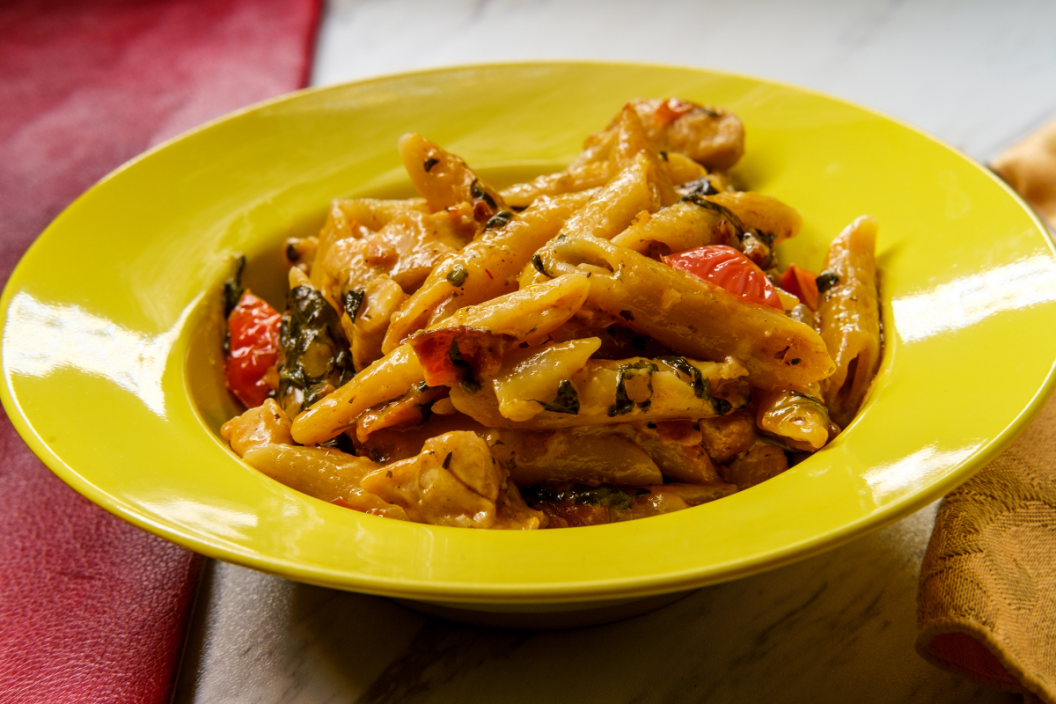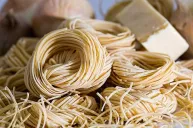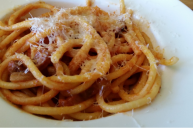On a recent trip to Italy with my family, we took a pesto-making class with an eccentric Italian man, Luca, who opened our eyes to the fine points of true Italian pesto. While hearing about Luca's dramatic family history and his love of gothic rock, we mashed basil leaves in mortar and pestles and discussed the importance of high quality salt. At the end, Luca sat us down for an in-depth lecture about the meaning of al dente pasta. In his eyes, fully-cooked pasta is blasphemy, and pesto can only truly be enjoyed with perfectly al dente pasta.
Videos by Wide Open Country
What Does Al Dente Pasta Mean?
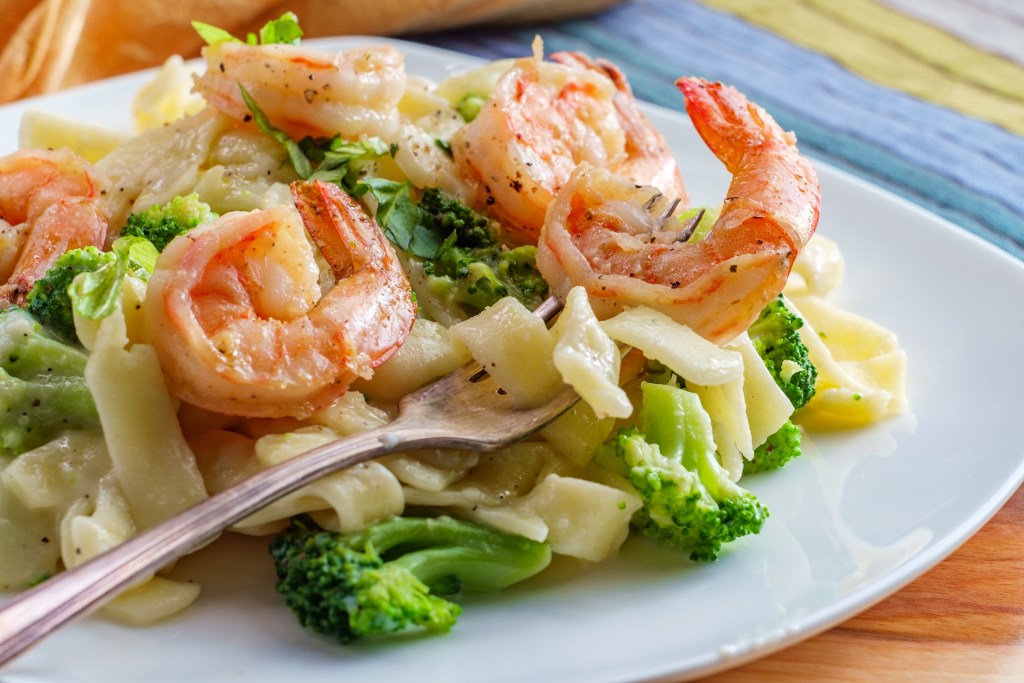
Getty Images/EzumeImages
Al dente means "to the tooth" in Italian, and this name accurately describes the meaning of al dente pasta. The definition of al dente is "cooked just enough to retain a somewhat firm texture." You don't want your al dente pasta to be hard, but it should have some amount of resistance, and definitely shouldn't be soft.
Along with being a taste preference and a cultural norm, there are scientific reasons that al dente pasta is the best way to cook your pasta. As explained by Luca, the chewy pasta is meant to activate your salivary glands as you chew. This jumpstarts the digestion process, releasing digestive enzymes into the throat and stomach that help to break down your food and convert it to energy.
By eating al dente pasta, you're reducing stress on the esophagus and stomach, making it easier to digest your food. Plus, you get to enjoy its satisfyingly chewy texture! Although pasta is typically cooked to full doneness in America, once you get used to the tasty chewiness of al dente pasta, you'll never go back.
What Is the Best Way to Cook Pasta Al Dente?
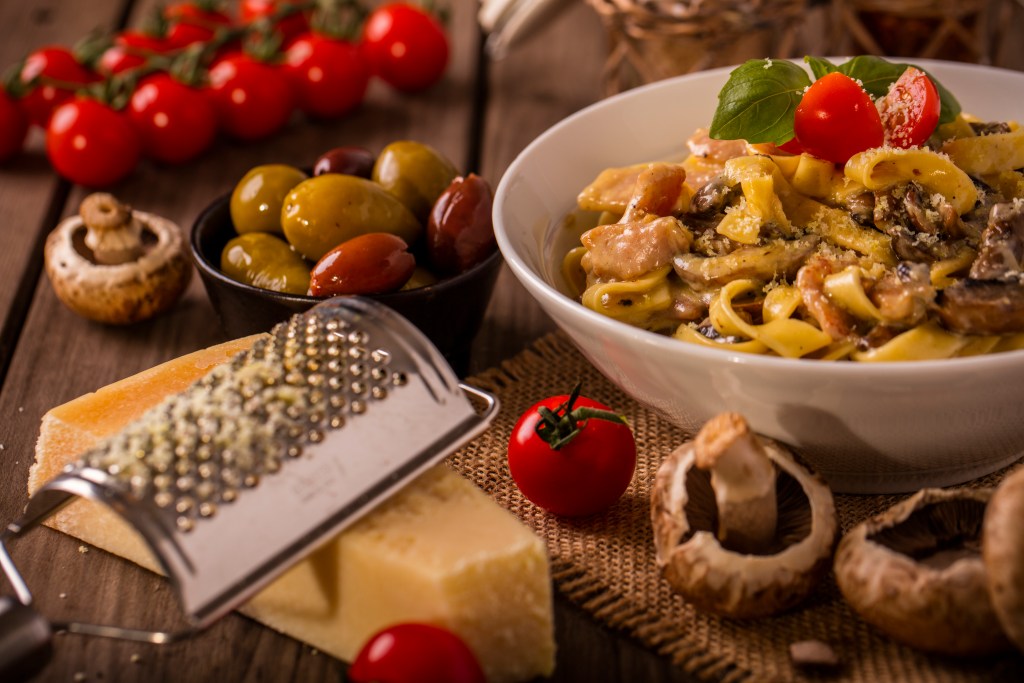
Getty Imagesmonkee_leelu
You can cook any type of pasta al dente, from fettuccine to linguine to rigatoni to penne. Not only does it help your digestion, but it's also ideal for pasta recipes that involve putting cooked noodles on a skillet or pouring hot sauce on noodles. If your pasta is al dente, it won't become overcooked and overly soft when exposed to extra heat.
To make an al dente pasta dish, cook it a few minutes less than the package instructions require. Pour your noodle into salted boiling water and set your timer for about three minutes less than the cook time on the package directions. When the timer goes off, it's time to test it. One method is biting into a piece of pasta and looking for a tiny white dot in the center. If the dot is there, it's al dente. Another way to check is to simply test the texture.
If you bite into it and your teeth feel some resistance, but it's slightly soft and tender, it's al dente. The result will be a bit different with fresh pasta compared to dried pasta, and since fresh pasta doesn't need to be cooked as long, it's especially important to check the texture before the recommended cook time is up.
